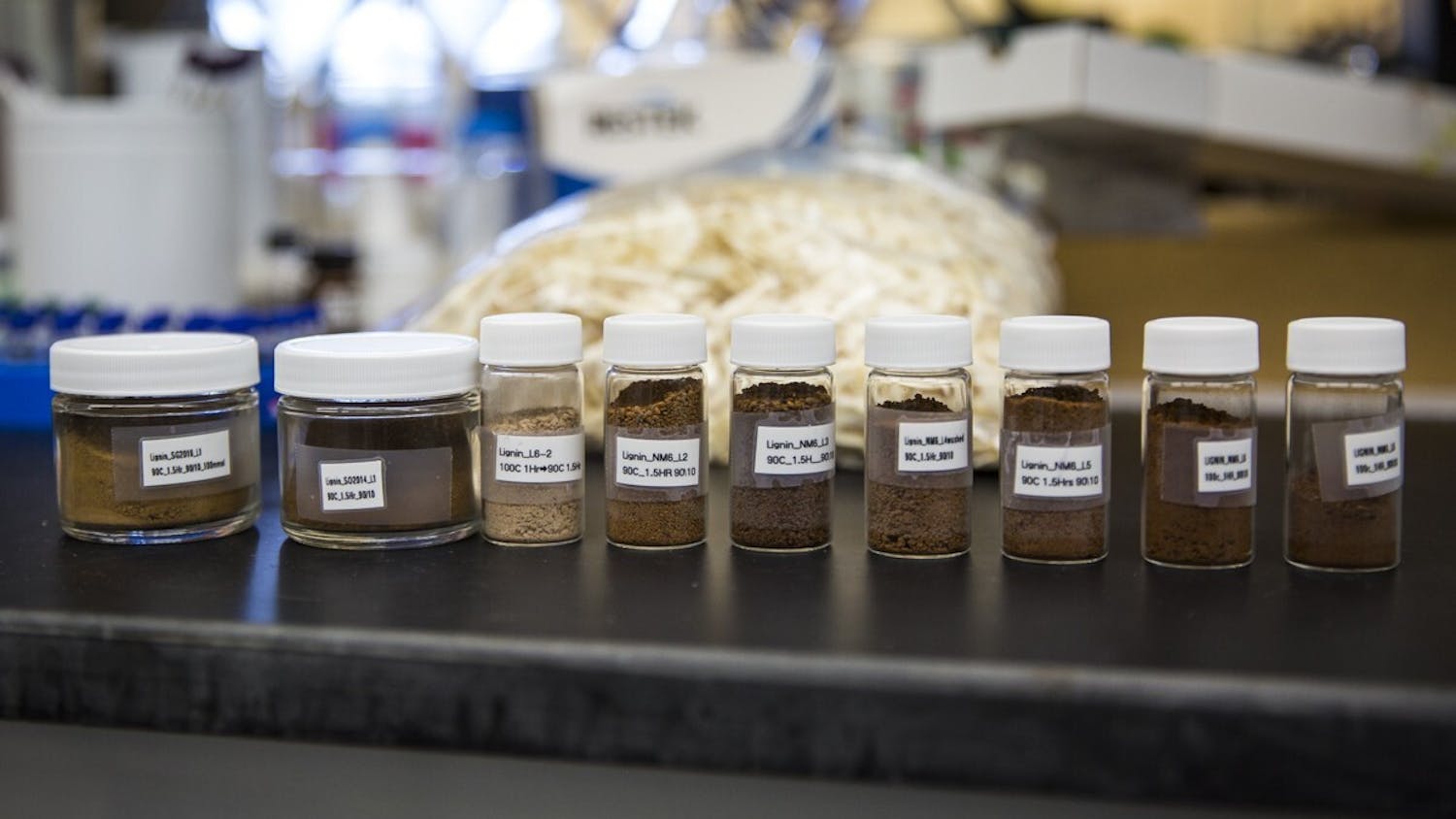The oceans of the Archean were nothing like today’s vast blue pools. In fact, these oceans lacked free oxygen. Until recently, it was thought the oceans’ water columns were uniformly anoxic until the Great Oxidation Event, which occurred 2.4-2.2 billion years ago. However, researchers at UW-Madison have discovered evidence of free oxygen in Earth’s shallow oceans much earlier.
Professor Clark Johnson and assistant scientist Aaron Satkoski, both in the Geoscience Department, studied the Manzimnyama Banded Iron Formations from the Barberton greenstone belt in South Africa, collected by collaborators at the University of Johannesburg from a drill core project, and determined that shallow oceans became oxygenated earlier than scientists previously believed.
The study, published in Earth and Planetary Science Letters and funded by NASA, indicates that oxygen evolved in the ocean prior to 3.2 billion years ago.
“Previously people thought ... oxygenic photosynthesis evolved just at the time that the oxygen rose in the atmosphere. We now know that that’s not true; it first evolved in the oceans, oxygenated the oceans, and then only later to evolve as atmospheric oxygen,” said Johnson.
Inductively coupled plasma mass spectroscopy (ICP-MS) was used make such discoveries, by measuring the rock’s composition regarding iron and uranium. Satkoski, the lead author of the study, explains that both uranium and iron are redox-sensitive, meaning they react differently depending on how much oxygen is present.
Satkoski analyzed the compositions of the rocks comparatively by analyzing different rock localities, shallow and deep, and comparing them to each other to conclude that the free oxygen first appeared in the shallow oceans and likely spread.
“The iron isotopes in the shallows [parts of the ocean] were quite different than they were in the deep [parts of the ocean] and the signatures were that of a higher amount of oxidation, so more oxidation went into forming the shallow water samples than in the deep water samples,” said Satkoski.
“The uranium concentrations were higher in the shallow samples than they were in the deeper samples. That’s important because uranium is only mobile and moving around in the environment … so it takes oxygen to make uranium be there in the water column … With the more uranium in the shallow parts of the basin, that tells us more oxygen was present in the shallow parts of the water column,” said Satkoski.
Additionally, this indicates that bacteria must have evolved earlier and these organisms were able to photosynthesize in the light zones of the shallow oceans. The bacteria left a chemical signature in the rocks; no microfossils were preserved. In fact, microfossils are very rare. Chemical signatures allow for a wider scope of analyses as they can explain what is occurring metabolically.
“Animal life cannot evolve, which has a high energy demand for aerobic respiration, until there’s free oxygen in the atmosphere. So the evolution of oxygenic photosynthesis in the atmosphere was a necessary precursor to animal evolution and… these results push back that evolutionary breakthrough really far back, 3.2 billion years,” said Johnson.
The question remains as to why animal evolution was so delayed from the time the oceans started to become oxygenated. The answer may just be that it took a lot longer than scientists originally believed.
“If you create oxygen in the environment, a lot of that will be taken up by reduced minerals like iron,” said Johnson. “It’s only after you essentially consume all the reduced components by bonding it with oxygen that oxygen can actually rise in the atmosphere … it just took a long time to consume that oxygen before animal life.”
NASA is interested in the research in order to apply it to other planets.
“If Earth is representative of what other planets might do, that you might sit for billions of years in a microbial world, even if you’ve created oxygen and you could potentially create a high energy supply for animals, there’s lots of complex reasons why we might sit for billions of years ... if we go to another planet and look for life, chances are it might be microbial life,” said Johnson.





